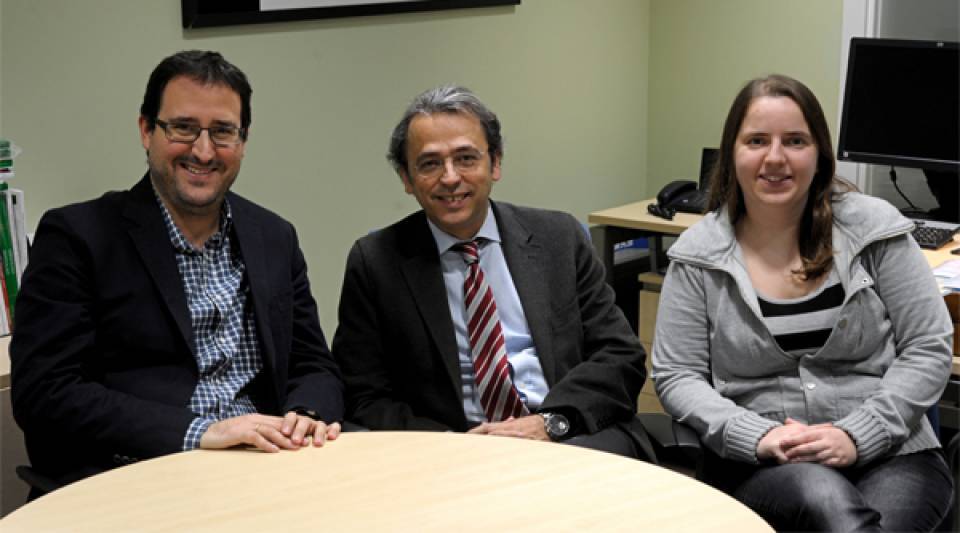Notch cascade is a complex and highly evolutionary conserved signalling pathway. It was originally discovered as critical regulator of cell fate and development in several tissues. Recently, numerous studies have suggested a potential role of Notch signaling de-regulation in carcinogenesis. Its activation in diseases such as leukemia and solid tumors like lung cancer is well established, but evidence of its role in HCC was limited and ambiguous in terms of antitumoral effects following its inhibition. The work led by IDIBAPS’ investigators is the first comprehensive and integrative approach to explore the role of Notch signaling in liver cancer pathogenesis.
The study shows how activation of Notch signaling promotes liver carcinogenesis in a genetically engineered mouse model. Through comparative functional genomic analysis, investigators generated a Notch gene signature and found Notch activation in approximately one third of the 683 human HCC samples analysed. Finally, the article incorporates experimental evidence on how Notch inhibition reduces cell proliferation in liver cancer cell lines with the Notch signature. Overall, the investigation introduces Notch as an appealing target in a subset of HCC patients for new drug development initiatives, and provides a genomic biomarker to identify the candidate best responders. . The IDIBAPS group that led the study will keep on working in this research line within initiatives such as the International Liver Cancer Association (ILCA) or HEPTROMIC, an FP-7 funded research consortium coordinated from IDIBAPS by Prof. Josep Maria Llovet.
Article reference: Villanueva A, Alsinet C, Yanger K, Hoshida Y, Zong Y, Toffanin S, Rodriguez-Carunchio L, Solé M, Thung S, Stanger BZ, Llovet JM. Notch signaling is activated in human hepatocellular carcinoma and induces tumor formation in mice. Gastroenterology. 2012 Dec;143(6):1660-1669.e7. doi: 10.1053/j.gastro.2012.09.002. Epub 2012 Sep 11.
Comment in: Strazzabosco M, Fabris L. Notch signaling in hepatocellular carcinoma: guilty in association! Gastroenterology. 2012 Dec;143(6):1430-4. doi: 10.1053/j.gastro.2012.10.025. Epub 2012 Oct 22.

